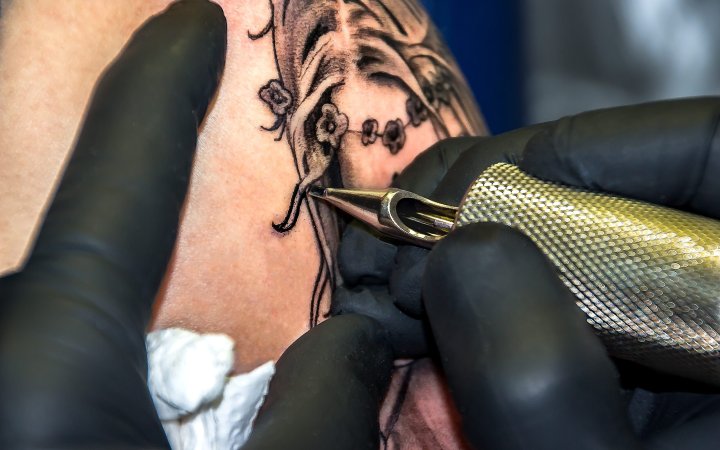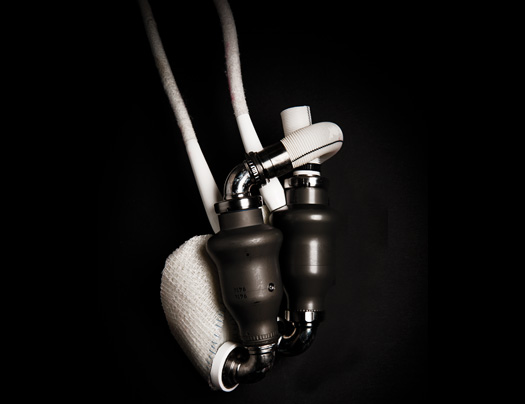

Sometimes white eyeballs just aren’t jazzy enough. Why? It’s honestly not clear, but hey: if you want lime green instead, that’s your business. Even if the inventor of the scleral tattoo—that’s a tattoo right on your dang eyeball—now says he wishes it were illegal, and that he thought people would take the whole thing a lot more seriously. It’s still your body, and you can get your eyeballs dyed if you want. But you should probably take certain precautions if you don’t want to lose your ability to see.
Eyeball tattoos have caused permanent damage before, but the recent plight of a model who wanted to dye her eyes purple (and ended up with massively swollen eyeballs—yes, eyeballs, not just the skin around the eyes) has put the procedure in plenty of headlines today.
Against all odds, it is possible to safely tattoo the whites of ones eyes. Relatively speaking, that is.
The trick is getting the needle inside a barely-millimeter-wide gap between two layers of the eye. See, here’s what’s going on inside a human eyeball:

Ink needs to get between the conjunctiva and the sclera, which are labeled 1 and 2 respectively above. The sclera is the actual white bit, and the conjunctiva is a thin, clear layer directly atop. In the body art community, there’s basically just one method of tattooing: injecting small volumes of dye into the space between the two layers, and allowing that ink to spread in patches. It only requires a few needle pricks—unlike a traditional tattoo, where the tip has to repeatedly pierce the skin. Technically it would be possible to do that to an eyeball, but you’d mostly end up with a lot of holes for the dye to leak out of. Sorry for that mental image.
Luna Cobra, the artist who first performed the injection method, has himself said that it’s not a safe thing to do. Eyes are oh-so-easily infected and damaged, and it’s often difficult or impossible to reverse the effects of such a procedure. And unlike skin tattoos, scleral ones are injected in an almost surgical way. If the artist’s hand slips and the needle goes too far, or the ink is too thick, or the amount of dye is too great, you could wind up with permanent damage almost immediately. Most people with experience getting tattoos will tell you that you need to choose an artist carefully for anything you’d put into your skin permanently. You definitely need to choose wisely when you’re asking someone to stick a needle in your eyeball.
A surgeon would really be the safest bet, and there are actually medically-sanctioned eye tattoos out there in the world. Like any physical defect, people with congenital eye problems or damage can suffer not just from the thing itself, but from the stigma of having a visible scar. A corneal tattoo can’t repair vision, but it can dye discolored bits back to white. Ophthalmic surgeons do those kinds of operations sometimes to improve patients’ quality of life, though it’s not common.
Tattoo artists, on the other hand, have definitely not been trained to poke eyeballs with needles; there’s no certification for corneal tattooing. All you can really go on is their experience and reputation.
So please, if you’re considering getting an eyeball tattoo, just do one thing first. Google image search “scleral tattoo gone wrong” and see if you can stomach the results. Everyone else should go watch a video of a kitten getting surprised by a lizard or a puppy holding a balloon—after this article, your eyes probably need a break.







